Being in nature, exploring the environment is one of the most amazing pleasures in life. So, why would Cultivate not want to help protect the only planet we have?
It’s a no-brainer. We start by being conscious of our environmental footprint. From reducing the amount of plastic waste and responsible manufacturing practices to protecting open space for future generations and recycling used goods, many of our brand partners prioritize eco-friendly giveback programs and sustainable methods. We’ve highlighted a few of those for you below so you can feel as good as you look.

Reducing plastic waste:
Corkcicle reusable drinkware is made to combat negative impacts on the planet and helps to reduce the amount of plastic waste in landfills and the ocean.
To generate awareness and eliminate the amount of plastic floating in our oceans, Costa launched the #KickPlastic initiative. Under #KickPlastic is Costa’s Bio-Resin Raw Materials Process that reduces carbon footprint to protect the planet’s waters.
Manufacturing only sustainable fabrics, Vuori’s recycled initiative uses roughly 25 plastic bottles to create a pair of shorts and their upcycling turns coconut links into sustainable clothing.
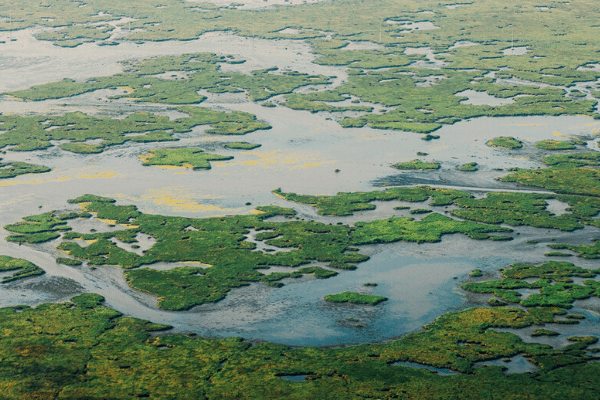
Responsible manufacturing processes:
Only using fabrics that are sustainably sourced, Faherty values its unwavering commitment to protecting the environment.
Lacoste goods are made in factories that meet the high requirements of the Global Compact United Nations product quality and social and environmental standards.
Made with quality materials and longevity of use in mind, each pair of Smith sunglasses are created sustainably making them one of the world’s first eco-friendly sunglass collections in the world.
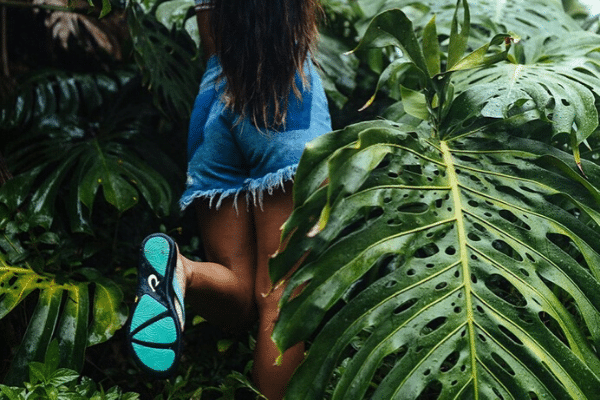
Protecting open space:
Arc’teryx openly advocates for the political and business imperative to act ambitiously on climate change and protect land for present and future generations.
In correlation with other Hawaiian based organizations, OluKai’s The Foundation works to preserve land and the ocean through targeted programs designed to explore environmental impacts from ancestral past to the present day.
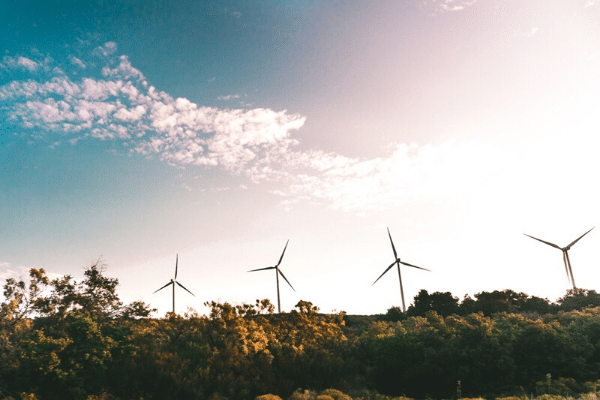
Recycling used goods:
Rumpl uses what’s called C4 in DWR (durable water repellent) coating, 100% post-consumer recycled ripstop polyester shell, and 100% post-consumer recycled “clusters” to reduce the impact on the environment.
Since introducing Recyclex in 2018, Samsonite has recycled and given new life to more than 30 million plastic bottles and has planted over 228,000 trees in areas negatively impacted by deforestation.
Smartwool works to provide ethically sourced wool by repurposing recycled Merino wool fibers whenever possible in an effort to be more sustainable and out of respect to the sheep themselves. The recycled wool is collected, shredded, and then re-spun to create an even more sustainable product.
Sustainably manufactured and sewn in San Francisco, Timbuk2 encourages consumers to donate their used bags as opposed to tossing them in the trash. Over the years, more than 150,000 bags have been donated.
Should something break, Victorinox will repair it wherever possible, thus avoiding the waste of more raw materials. (Hence the long warranty on its luggage.)

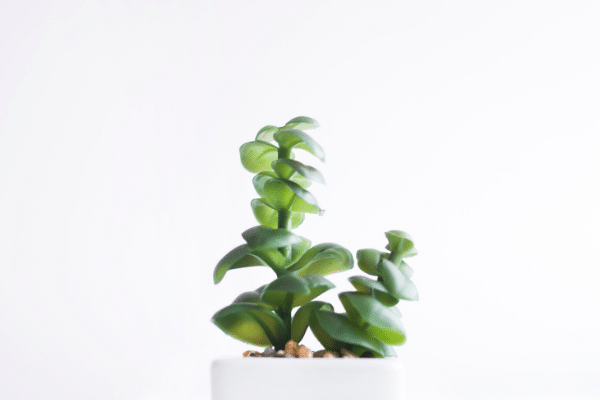
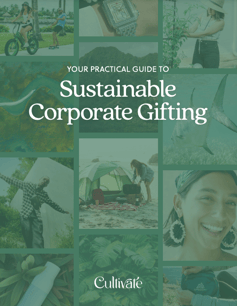
Leave a Comment